Managing Wildlife Populations
Mule Deer Captures: In Game Management Units (GMU) 388 and 382, a total of 22 mule deer were captured by helicopter using vendor Leading Edge Aviation. These deer are part of a study identifying deer migration corridors as well as summer and winter ranges funded by Secretarial Order 3362. When the GPS-collared deer die, WDFW staff members investigate as soon as possible so that cause of death might be determined. There are currently 80 mule deer with these collars which will drop off just before the batteries die in mid-2024.
Klickitat Deer Mortality Investigation: Wildlife Conflict Specialist Jacobsen received a mortality notification from a GPS collar that had been placed on a mule deer doe in east Klickitat County. Jacobsen investigated the mortality scene and determined that a very large bobcat was most likely responsible for the depredation. This doe was part of a four-year study being conducted throughout GMUs 388 and 382 to track the annual movements of female mule deer and locate important migration corridors. Staff members also attempt to determine cause of death when a collared doe dies.

Bobcat Pelt Sealing: Wildlife Conflict Specialist Jacobsen sealed two bobcat pelts as required by the Convention on the International Trade of Endangered Species (CITES). Though bobcats are not endangered in Washington, all harvested bobcats in the state must be officially tagged, as bobcat pelts can be traded or sold internationally.
Dusky Goose Survey: Biologist Stephens conducted a dusky Canada goose survey in Wahkiakum County including the Julia Butler Hansen Refuge which WDFW is covering while the United States Fish and Wildlife Service (USFWS) fills a vacant biologist position. Dusky Canada geese were observed on the Refuge, seven of which were collared with unique alpha-numeric codes. This subspecies of Canada goose is collared on its breeding grounds in Alaska and the collars are read on their wintering grounds in Washington and Oregon to generate a survival estimate.
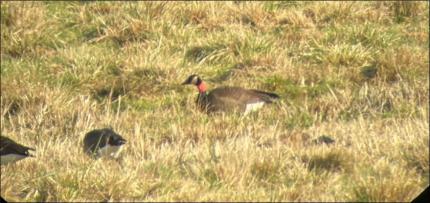
Bat Hibernacula Surveys: Biologists Stephens, Holman, and Wickhem from Region 5 along with statewide Bat Specialist Tobin, Bat Technician Leipold, partners with the U. S. Forest Service, and volunteers conducted bat surveys in hibernacula caves near Mount Saint Helens. A combination of hiking, skiing, snowshoeing, and snowmobiling were employed to access the caves. The purpose of the survey was to count Townsend’s big-eared bats and Myotis spp. in caves that are surveyed annually and to swab bats to sample for Pd (Pseudogymnoascus destructans), the fungus that causes white-nose syndrome. The counts were up slightly from previous years.
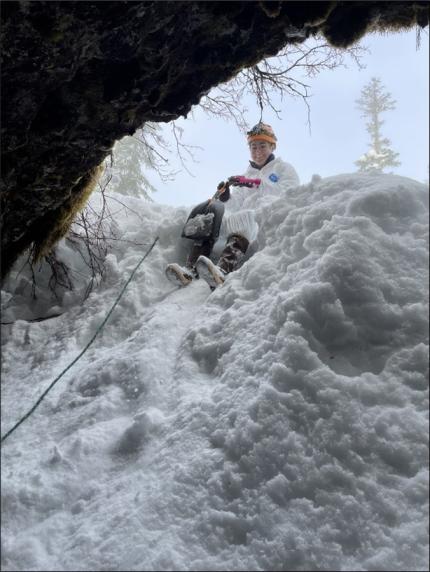
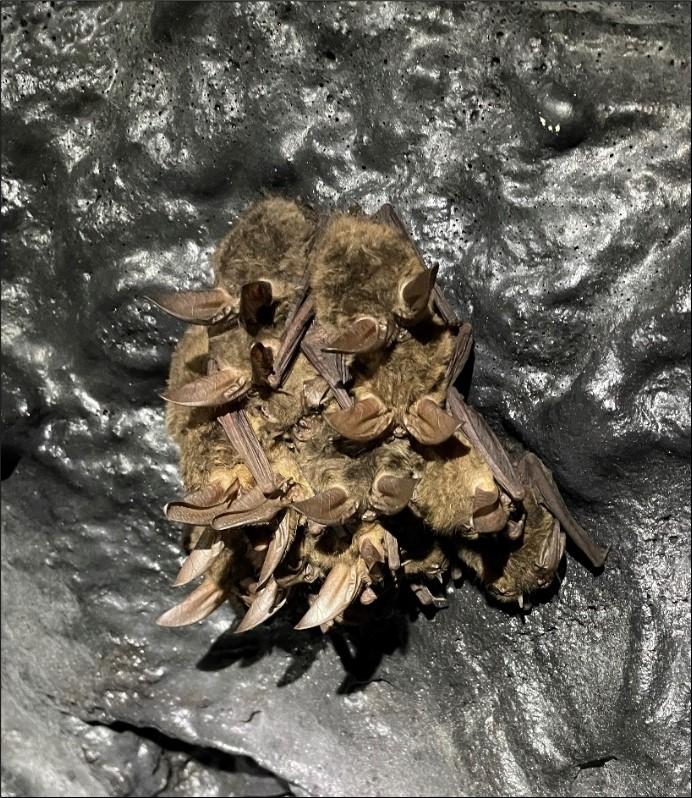
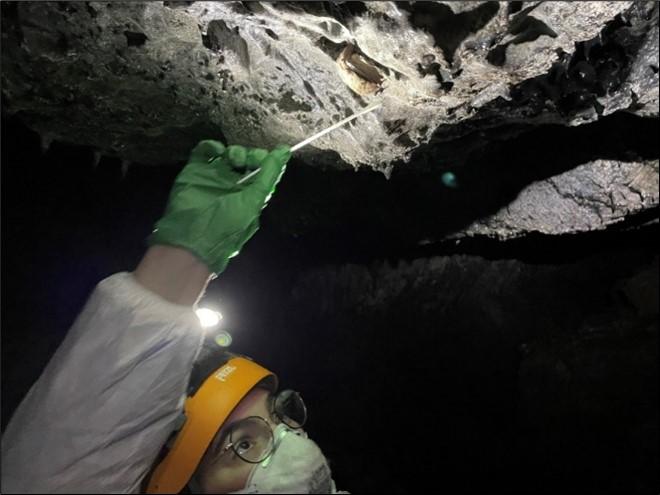
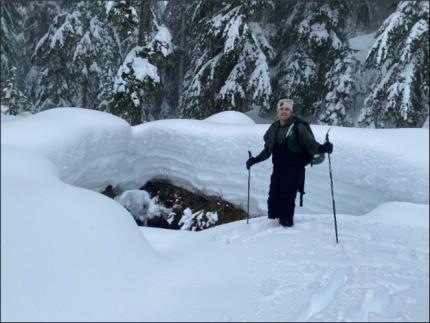
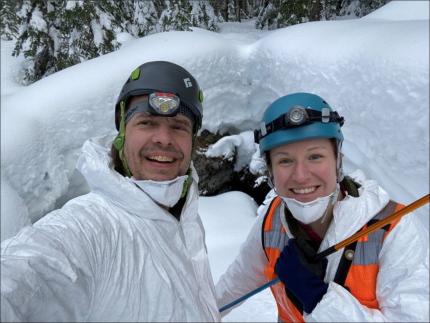
Pronghorn Survey Flights: Biologists Wickhem and Fidorra conducted survey flights for pronghorn antelope in eastern Klickitat, southeastern Yakima, and western Benton counties this month. Yakama Nation Biologist Olney and Technician Heemsah surveyed the adjacent areas within the Yakama Nation Reservation. Pronghorn were extirpated from Washington by the early 1900 but were reintroduced by the Yakama Nation in 2011. Between 2011 and 2019, 198 individuals were successfully relocated from Nevada to the Yakama Reservation and have since dispersed from their release locations and often spend time off-reservation. These surveys are meant to get a minimum count and are conducted with a fixed-wing aircraft. The crews fly north-south transects that are two kilometers apart and when a group of pronghorn are located, the plane circles the group, takes a count and GPS point. A group of volunteers on the ground also drive through the survey area and help locate groups to assist the flight crew. On this survey, 212 pronghorn were counted (98 on-reservation and 114 off-reservation) which is lower than previous surveys in 2019 and 2021, which each counted approximately 250 animals. However, the groups that were located this year were extremely hard to see thanks to poor lighting and fields that were exactly the same color as the antelope. The crew will investigate how the survey can be improved in the future.
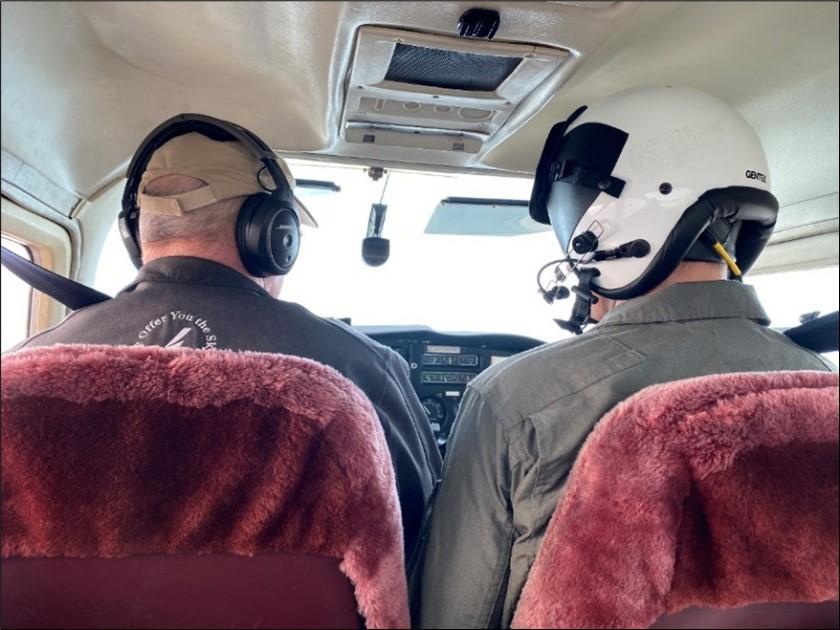
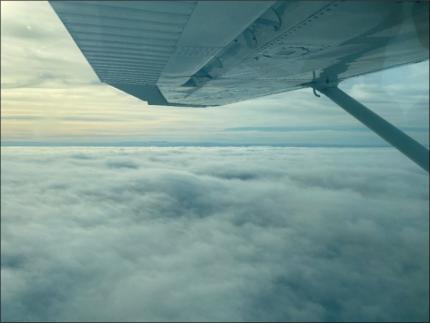
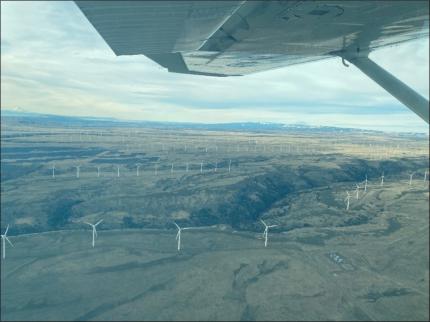
Providing Conflict Prevention and Education
Bear Cubs in Trash: Earlier this winter, Wildlife Conflict Specialist Jacobsen received a report of two bear cubs that were rummaging through trash daily in a mobile home park. Camera surveillance did suggest that these cubs were by themselves every time they were found at the residences. Jacobsen set up a trap to catch the cubs. On the second day, Jacobsen ended up catching an adult female black bear in the trap. Further investigation indicated that the female bear had been lactating this summer, meaning that she likely had cubs nearby. A trail camera that Jacobsen placed over the trap indicated that the two cubs in question had spent several hours sitting outside the trap after their mother was captured. Jacobsen held the female bear in the trap for another day as a hazing tool to dissuade her from visiting the mobile home park again. Jacobsen, Aubrey, and Kolenberg then released the female bear a short distance down the road. No complaints of bear activity in the area had been received by WDFW after the capture incident.
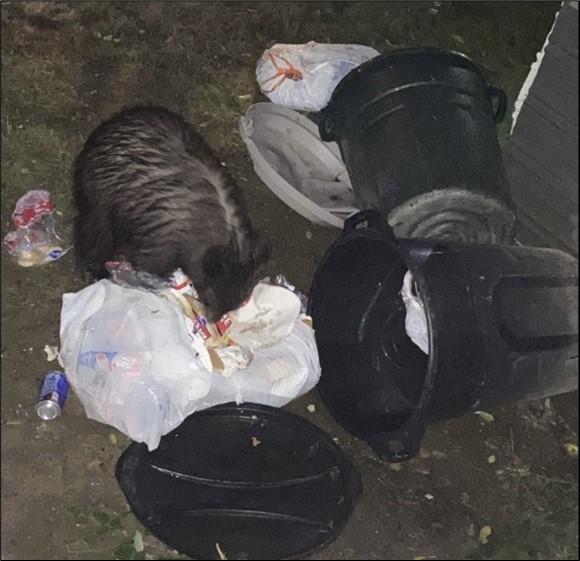
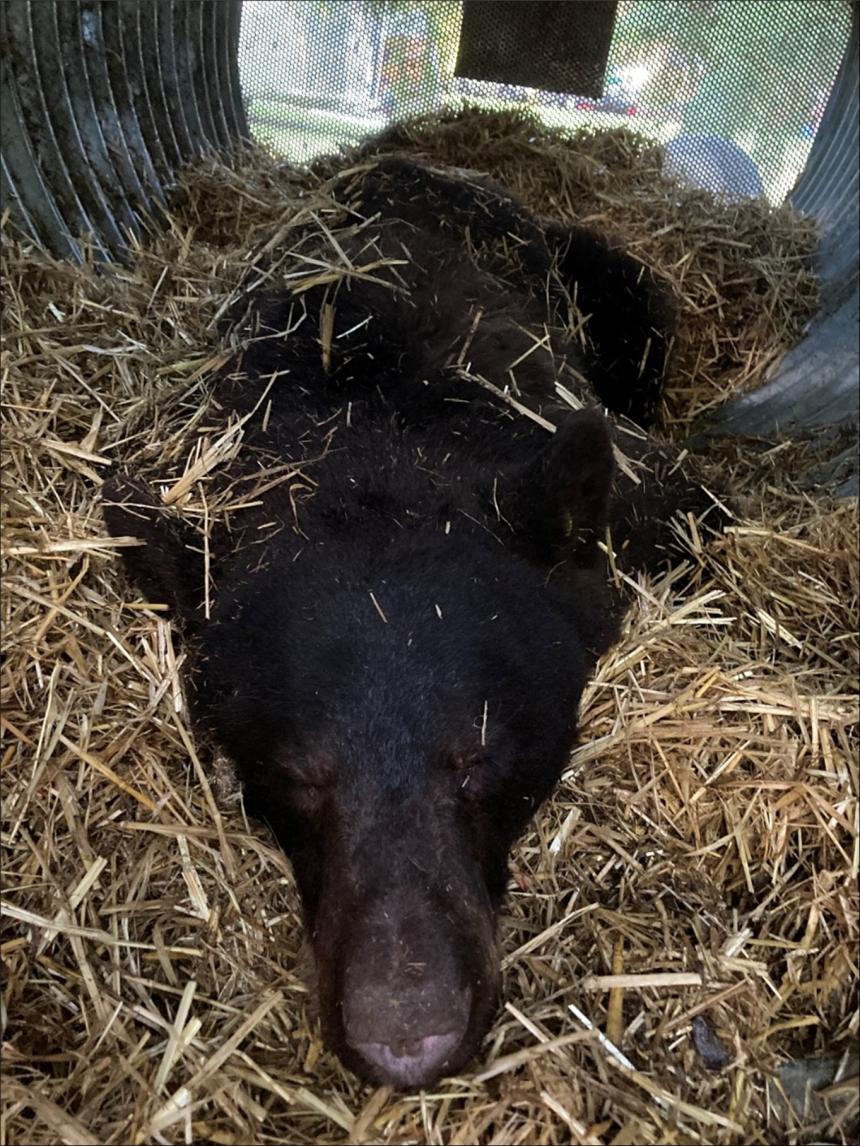
Injured Deer: Wildlife Conflict Specialist Jacobsen responded to a report of an injured or sick deer in Goldendale. Jacobsen found the deer next to a residence. The deer was in extremely poor body condition and had several lumps and contusions on its hind legs, which prevented the deer from standing up straight or walking properly. Jacobsen euthanized the juvenile deer and disposed of the carcass.
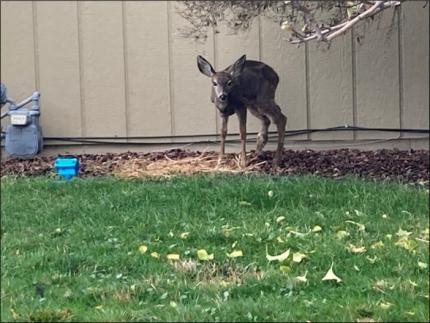
Damage Prevention Cooperative Agreements: Wildlife Conflict Specialist Jacobsen and Technician Kolenberg met with several different landowners in GMUs 554, 568, 578, and 382 to enroll landowners in Damage Prevention Cooperative Agreements and to discuss methods of preventing deer and elk damage to commercial crops.
Elk Damage to Hay Fields: A landowner in GMU 574 contacted Wildlife Conflict Specialist Jacobsen to report extensive elk damage to a newly planted hay seeding. The landowner had been attempting to haze elk with explosives, but the effectiveness of the tool had recently decreased. At the landowner’s request, Jacobsen deployed a youth hunter from the Region 5 Elk Damage Pool to harvest an elk on the property. The youth hunter successfully harvested her first-ever elk with a well-placed, 250-yard shot.
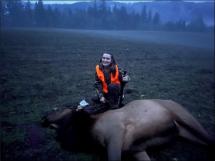
Deer Damage to Orchards: Wildlife Conflict Specialist Jacobsen deployed a master hunter from the Region 5 Master Hunter Deer Damage Pool to a crop damage situation in GMU 373 on the edge of Klickitat County. Several deer were causing extensive damage to apple tree buds at a commercial produce orchard. The master hunter was able to successfully harvest a female mule deer on the hunt.
Bear in Chicken Feed: Wildlife Conflict Specialist Jacobsen received a complaint regarding a bear that had torn into a chicken coop, killed a couple of chickens, and consumed a large quantity of chicken feed. The bear should have been in hibernation but had decided to take advantage of some free and easily accessible calories. Jacobsen arranged to meet the landowner later that week to construct a temporary electric fence around the perimeter of the coop to keep the bear out and hopefully force it to decide to hibernate. However, a large snow event occurred before Jacobsen was able to make it to the residence and the residence became inaccessible to vehicle traffic. The landowner did not report any additional bear damage complaints after the snow event occurred.
Turkey Complaint: Wildlife Conflict Specialist Jacobsen received an urban turkey complaint in the city of Goldendale. Jacobsen provided advice on methods of deterring turkeys from residences. A few weeks later, Jacobsen counted roughly 60 turkeys amongst the houses in the area where the complaint originated.
Elk Damage to Orchards: An orchard manager in Klickitat County contacted Wildlife Conflict Specialist Jacobsen regarding a herd of approximately 30-40 elk that had broken into a pear orchard. The orchard was completely fenced with eight-foot elk fencing but the elk had managed to find their way in somehow. Jacobsen, the landowner, and the landowner’s staff members attempted an elk drive to push the elk out of the orchard, through an open gate, and across a busy highway with local law enforcement staff members providing traffic control. However, the elk had other plans and eventually created their own exit through the orchard fence on the other side of the orchard. The elk continued to access the orchard several times over the next two weeks. The landowner was able to successfully remove an elk with a kill permit and a master hunter with a treponeme-associated hoof disease management tag was able to harvest an elk with hoof disease in the orchard as well. At that point, the snow had mostly melted from the surrounding areas and the elk left the orchard in a hurry. The landowner patched all the known holes and access points in the fence that he was aware the elk used.
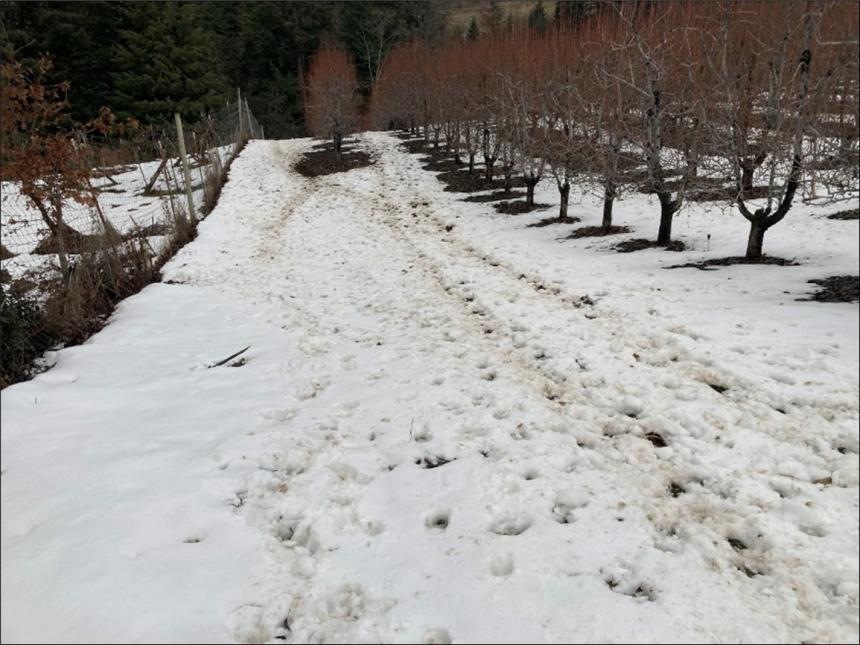
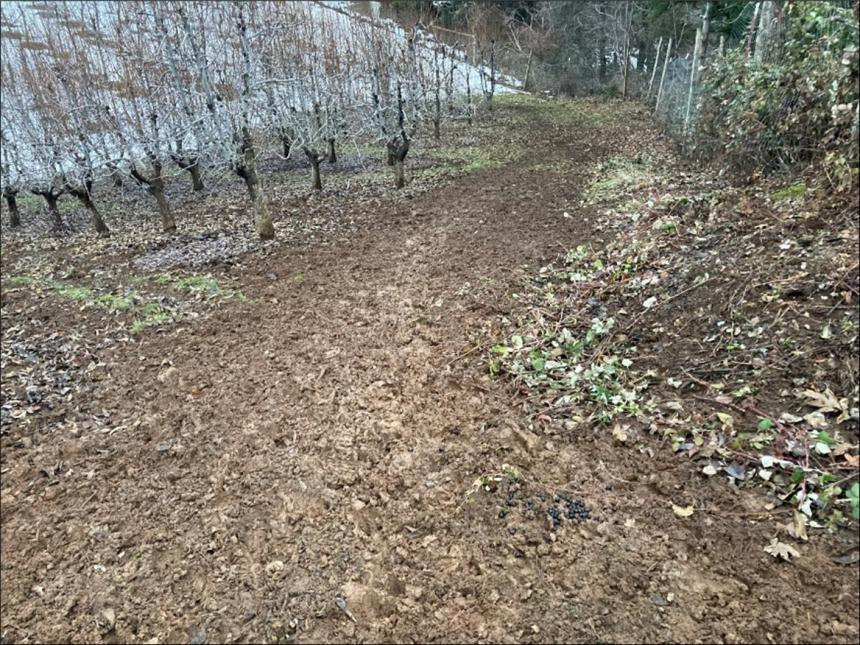
Depredation Investigation: Wildlife Conflict Specialist Jacobsen, Biologist Spence, and Officer Bolton conducted a depredation investigation of a young steer in Klickitat County. After performing a necropsy on the carcass, the cause of death was determined to be non-wildlife related, but still unknown.
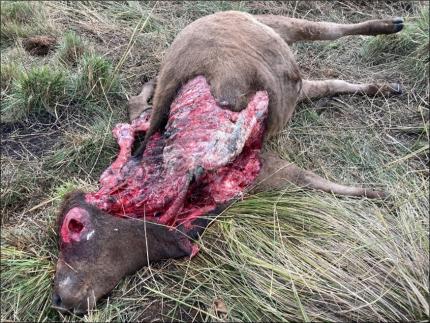
Missing and Injured Dogs: A concerned landowner contacted Wildlife Conflict Specialist Jacobsen about a dog that was injured and another that went missing inside a fenced-in yard in the Vancouver area of Clark County. Both dogs were small breeds. The landowner suspected that coyotes were to blame. Jacobsen provided advice on living in coyote country and keeping pets safe.
Bear in Bird Feeders: A landowner contacted Wildlife Conflict Specialist Jacobsen to complain about a bear getting into their bird feeders. Jacobsen told the landowner to take the bird feeders down and to put them away.
Cougar Concerns: Wildlife Conflict Specialist Jacobsen was contacted by managerial staff members at a Clark County camping association regarding frequent cougar sightings over the past couple of weeks. The camping association has a long history of deer feeding issues on the premises, which likely drew the cougar into the area. Jacobsen is continuing to work with the staff members and residents at the camping association to resolve the deer feeding and cougar presence issue.
Landowner Site Visit: Wildlife Conflict Specialist Jacobsen and Conflict Technician Kolenberg met with a landowner in Skamania County regarding deer damage to her produce operation. Jacobsen and Technician Kolenberg discussed various hazing tools as well as fencing options with the landowner.
Elk Complaint: Wildlife Conflict Specialist Jacobsen was contacted by a landowner in Clark County who utilizes his property for forestry operations. The landowner was concerned about the elk damage to his newly planted cedar and redwood seedlings. Industrial forest operations are not eligible for crop damage claims or landowner permits, but Jacobsen was able to come up with a solution to assist the landowner in hazing elk off his property. Jacobsen contacted several of the master hunters who had been drawn for the Region 5 Master Hunter Hoof Disease hunt to see if they would be interested in removing an elk with hoof disease from the property. Jacobsen was able to reach a master hunter who had not yet filled his hoof disease tag and had been out hunting for a hoof-diseased elk in the eastern part of the region. The hunter was on his way back home and made a detour to the property. Within a couple hours of receiving the call from Jacobsen, the master hunter managed to find and harvest a cow elk with symptoms of hoof disease. Thanks to the master hunter for the quick response time and efficient hunting and hazing.
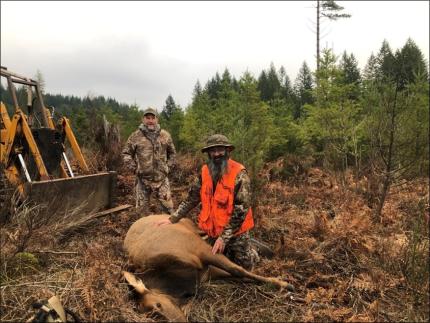
Injured Deer: Wildlife Conflict Specialist Jacobsen and Officer Nelson have received multiple reports of a deer in Klickitat County with a facial malformation. The members of the public reporting the deer have been concerned about possible disease infection, but the deer’s abnormality appears to have been caused by some sort of external injury or trauma. The deer has been observed with this injury for several weeks now, but the facial trauma now appears to be infected, the deer’s behavior is changing, and its body condition is declining. Jacobsen and Officer Nelson will coordinate on an effort to euthanize the deer soon if the deer continues to hang around the area.
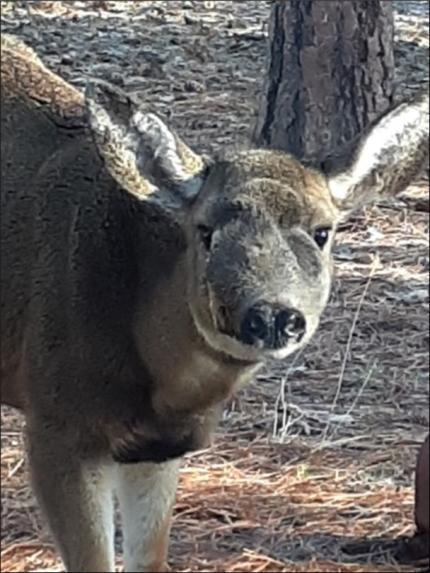
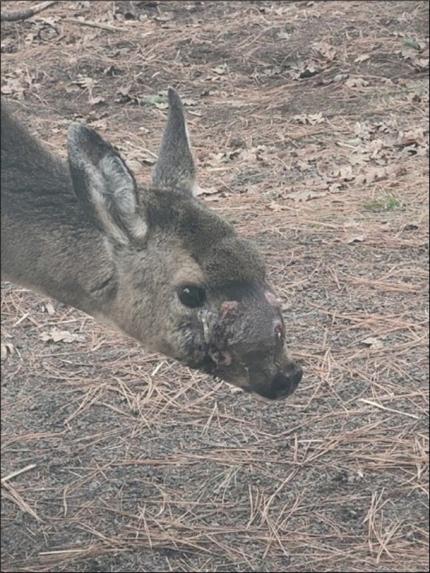
Treponeme-Associated Hoof Disease Elk: Wildlife Conflict Specialist Aubrey responded to a report of an injured elk. The elk had treponeme-associated hoof disease and was no longer mobile. Aubrey euthanized the elk and removed the carcass from the property with the help of a few deputies.
Elk Damage: Wildlife Conflict Specialist Aubrey worked with landowners experiencing elk damage to crops throughout District 10. Damage pool hunters were deployed in several cases to assist landowners, and permits were issued to landowners to address concerns.
Conserving Natural Landscapes
Storm Clean-up at Shillapoo: A warm weather trend provided the perfect opportunity for wildlife area staff members to clean up the many downed trees and other fallen debris resulting from recent high wind events. Assistant Manager Risley and Assistant Manager Breitenstien spent multiple days cutting, stacking, and cleaning up multiple fallen trees at Shillapoo Wildlife Area. A few large trees were salvaged and put aside to be used as turtle logs in the sloughs and waterways at Shillapoo. As the name implies, these logs serve as floating platforms for resident turtles to seek refuge and warm themselves in the sun. The area’s beavers also enjoy these floating wood features.
Unsticking a Stuck Beaver Stick at Shillapoo: A seemingly simple task became a large-scale undertaking when Assistant Manager Breitenstein and Assistant Manager Risley attempted to remove a large stick that had likely been stuffed into a drainpipe by a resident beaver. The stick had gotten stuck in the water control valve, making the valve inoperable. Over multiple days, many improvised contraptions and ropes were used to dislodge the stick. In a last and final attempt, the stick was dislodged renewing staff members spirits.
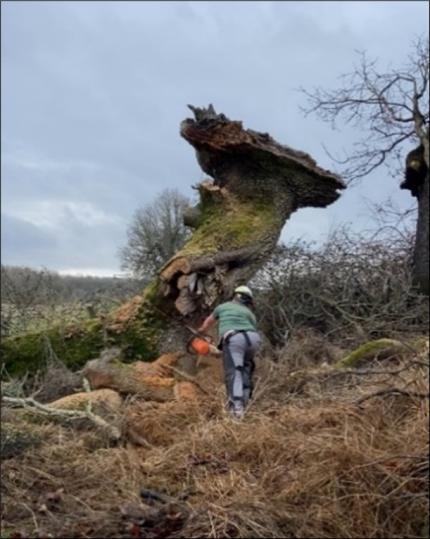
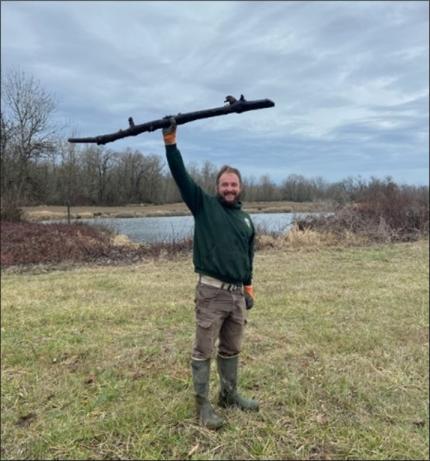
Mount Saint Helens Wildlife Area Monitoring: In addition to storm clean up, regular monitoring of remote units is essential to keeping these units accessible to the public. Assistant Manager Risley cleared access roads to the Mudflow Unit, Hoffstadt Unit, Nellie Corser Unit, and cleaned trash from the Hall Road and Canal Road Units. While visiting the Canal Road Unit, a few wild horses were observed grazing close to the Wildlife Area boundary.
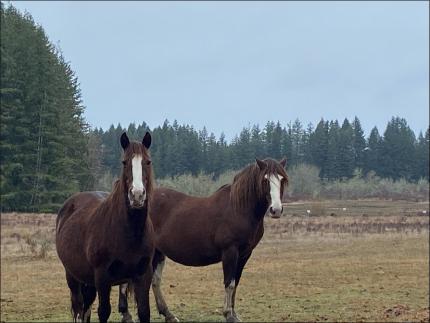
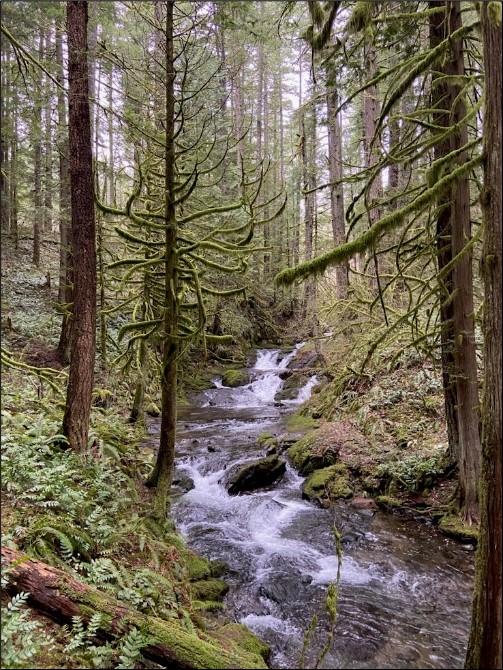
Providing Education and Outreach
Wolf Workshop: Wildlife Conflict Specialist Jacobsen partnered with Defenders of Wildlife and Strategic Ranching to host a workshop titled “Strategic Ranching on a Landscape with Wolves” in Goldendale. The workshop featured presentations by WDFW, Integrated Grazing Management, and other organizations to help prepare Klickitat County livestock producers for a future of ranching cattle on a landscape where wolves are present. The workshop was well-attended, with over 40 members of the public participating.